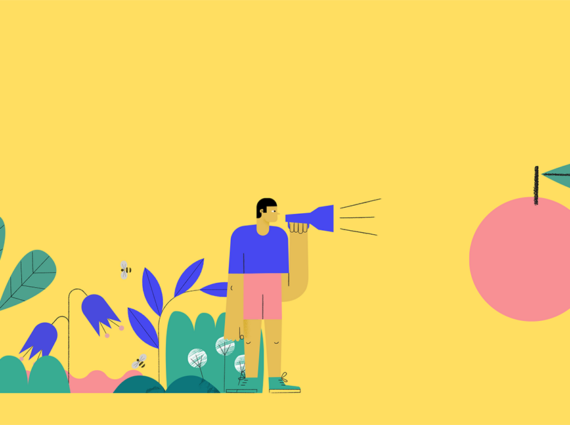The introduction of plastic into everyday life has profoundly changed our lives. It is a material that is cheap, lightweight, water-resistant, and also highly malleable. As a result, it is used in virtually all areas of life. Plastics make helmets, breathing apparatus, mobile phone cases, car and aeroplane parts, plastic bags, plates, and bottles. As a result, plastic production has risen strongly over the decades, from 1.5 million tonnes in 2015 to 360 million tonnes in 2018. It is estimated that 8.3 billion tonnes of plastic have been produced over the past 65 years.
Notably, there are dozens of plastics under the name ‘plastic’. They differ not only in their construction and composition but also in whether they can be reused. Currently, globally, only 9 per cent of plastics are recycled; the European average is 30 per cent. The rest is burned or landfilled, and much plastic waste ends up in the environment.
Plastic does not decompose but disintegrates. This process can take up to a thousand years, depending on the characteristics of the material. Time passes, and the sun and heat slowly turn plastics into smaller and smaller pieces until they eventually become what is known as microplastics. Certain microplastics are even as tiny as the microbeads used in facial scrubs or the microfibres in polyester clothing. Microplastics are ubiquitous and difficult to detect and not very environmentally friendly. Indeed, fish, turtles and animals prefer more natural foods…but sometimes they get confused.
Eco-choices – plastic segregation
Adequate segregation of plastic waste is one thing. Ideally, people should produce less plastic, especially single-use plastic, which is produced just to be thrown away after a while. The European Union regularly introduces further bans and increases the required collection and recycling levels of plastics, aiming to reduce plastic waste production. The latest regulation, i.e., the Plastics Directive, the European Parliament’s directive on reducing the impact of certain plastic products on the environment, came into force on 3 July 2021. The regulation permanently removed plastic cutlery and plates, polystyrene cups and packaging, straws and drink stirrers, among others, from the EU.
Individual choices also play a massive role in reducing plastic use and waste. If you have plastic bags and water in plastic bottles at home, do not throw them away. Although plastic, these can be used many times for a long time! You can also reuse plastic boxes and food or cosmetics containers in many ways. Also, outside the home, you can freely choose to use less plastic, for example, when shopping, in a restaurant, at a cinema, or at the gym – by these small, daily decisions, you can save more plastic waste. If we make these decisions daily, we can reduce many kilos of plastic waste!





